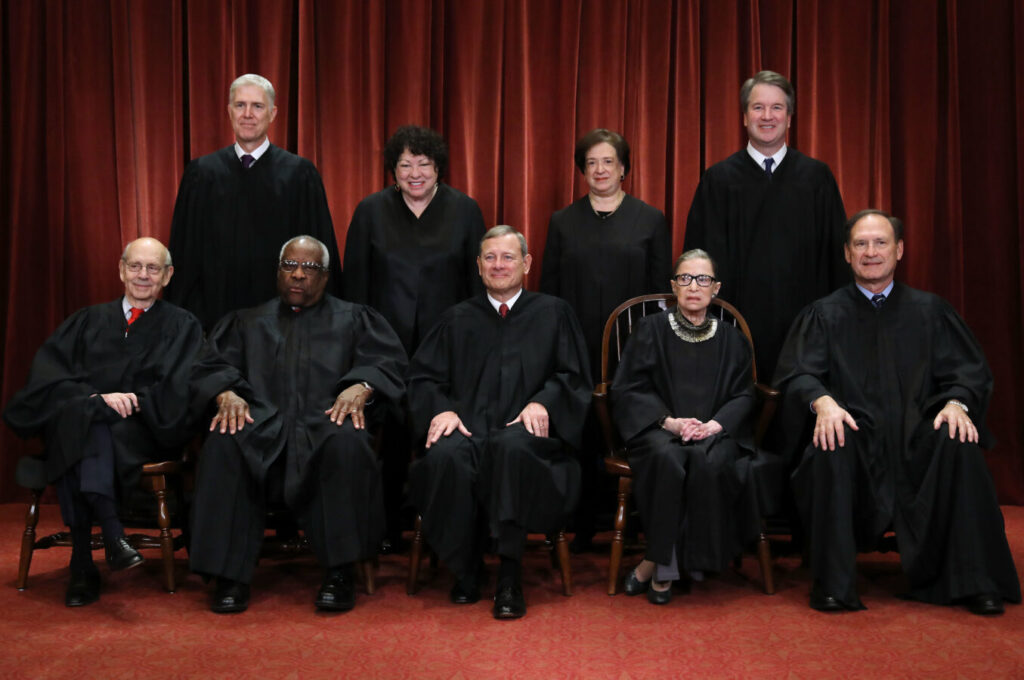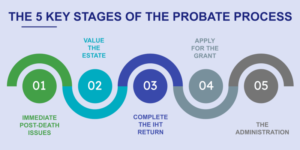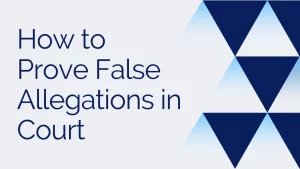how many judges are on the supreme court
The Supreme Court was established by Article III of the United States Constitution, and it began its operations in 1789. The Court serves as the final arbiter of federal law and has the power of judicial review, allowing it to interpret the Constitution and determine the constitutionality of laws and actions taken by the government.
The Structure of the Supreme Court
Creation of the Supreme Court
The establishment of the Supreme Court dates back to the Judiciary Act of 1789. The act laid the groundwork for the federal court system and designated six justices to serve on the Supreme Court.
The Chief Justice and Associate Justices
The Supreme Court consists of one Chief Justice and several Associate Justices. While the Chief Justice holds a crucial leadership role in presiding over the court’s conferences and setting the agenda, all justices have an equal vote in deciding cases.
The Evolution of the Supreme Court
From Inception to Nine Justices
When the Supreme Court was first established, it had six justices, including one Chief Justice and five Associate Justices. Over time, the number of justices has changed multiple times due to various factors, including the nation’s growth and the expansion of the federal court system.
Changes in the Judiciary Act
The Judiciary Act of 1789 set the initial number of Supreme Court justices at six. Subsequent Judiciary Acts altered the number of justices, and at one point, the Court had ten justices during the Civil War era. In 1869, the Judiciary Act of 1869 fixed the number of justices at nine, where it remains today.
Impact of Judicial Acts on Court Size
The decision to fix the number of justices at nine has remained unchanged for over 150 years. It ensures a diverse set of perspectives and prevents an even number of justices, which could lead to tied votes on critical issues.
how many justices serve on the supreme court
Selection and Appointment
Presidential Nomination
The President of the United States holds the authority to nominate candidates for vacancies on the Supreme Court. This nomination is a crucial process as it can shape the direction of the Court for generations.
Senate Confirmation
Once nominated, the candidate must go through a confirmation process in the United States Senate. The Senate Judiciary Committee conducts hearings to evaluate the nominee’s qualifications, judicial philosophy, and potential impact on the Court.
Roles and Responsibilities of justices are on the supreme court
Judicial Review
One of the most significant responsibilities of the Supreme Court is to exercise judicial review. This allows the Court to review laws and government actions and determine their constitutionality.
Interpretation of the Constitution
Supreme Court justices play a vital role in interpreting the Constitution. Their decisions shape the meaning and application of constitutional principles and rights.
Settling Legal Disputes
The Court resolves disputes between parties, including cases that involve conflicts between states, federal laws, and constitutional issues.
Precedent and Stare Decisis
The principle of stare decisis means that the Court follows precedents set by previous decisions. This principle ensures stability and consistency in the application of the law.
The Chief Justice of the United States
The Chief Justice is the head of the Supreme Court and plays a significant role in administering the Court’s business. The Chief Justice’s vote carries the same weight as that of any other justice.
how many supreme court justices
Current Justices of the Supreme Court
Retired Justices
how many justices currently serve on the supreme court
The current roster of justices on the Supreme Court includes:

John G. Roberts, Chief Justice of the United States
John G. Roberts, Jr., the 17th Chief Justice, has served since 2005. He has had a distinguished legal career and plays a crucial role in leading the Court.
Clarence Thomas, Associate Justice
Clarence Thomas has been an Associate Justice since 1991. He is known for his conservative judicial philosophy and commitment to originalism.
Samuel A. Alito, Jr., Associate Justice
Samuel A. Alito, Jr. joined the Court in 2006. He is known for his thorough approach to legal analysis and adherence to textualism.
Sonia Sotomayor, Associate Justice
Sonia Sotomayor, the first Hispanic and Latina justice, joined the Court in 2009. She brings a wealth of experience from her career in public service and private practice.
Elena Kagan, Associate Justice
Elena Kagan assumed her position in 2010. As the fourth woman to serve on the Court, she has a distinguished background in academia and government service.
Neil M. Gorsuch, Associate Justice
Neil M. Gorsuch became an Associate Justice in 2017. He is known for his strong commitment to originalism and textualism.
Brett M. Kavanaugh, Associate Justice
Brett M. Kavanaugh joined the Court in 2018. He has extensive experience in both the judicial and executive branches of the government.
Amy Coney Barrett, Associate Justice
Amy Coney Barrett took her seat on the Court in 2020. She is known for her conservative judicial philosophy and commitment to textualism.
Ketanji Brown Jackson, Associate Justice
Ketanji Brown Jackson became an Associate Justice in 2022. She brings a wealth of experience from her time as a district court judge.
Retired Justices
Sandra Day O’Connor, Associate Justice
Sandra Day O’Connor, the first woman on the Supreme Court, served from 1981 to 2006. She was a pivotal swing vote on many important cases.
Anthony M. Kennedy, Associate Justice
Anthony M. Kennedy served from 1988 to 2018. He was often a swing vote on significant social and political issues.
David Hackett Souter, Associate Justice
David H. Souter served from 1990 to 2009. He was known for his intellectual rigor and commitment to the rule of law.
Stephen G. Breyer, Associate Justice
Stephen G. Breyer served from 1994 to 2022. He was recognized for his pragmatic approach and strong commitment to judicial restraint.
Conclusion
The Supreme Court plays a crucial role in the United States’ legal system, ensuring that the rule of law and the Constitution are upheld. With nine justices, each appointed for life, the Court’s decisions shape the nation’s legal landscape and have far-reaching implications.
FAQs
- How many justices are on the Supreme Court? There are currently nine justices on the Supreme Court.
- Who nominates candidates for the Supreme Court? The President of the United States nominates candidates for the Supreme Court.
- What is the role of the Chief Justice of the United States? The Chief Justice is the head of the Supreme Court and plays a significant role in administering the Court’s business.
- How long do Supreme Court justices serve? Supreme Court justices serve for life, or until they retire.
- What is the principle of stare decisis? Stare decisis is the principle that the Court follows precedents set by previous decisions to ensure stability and consistency in the application of the law.








